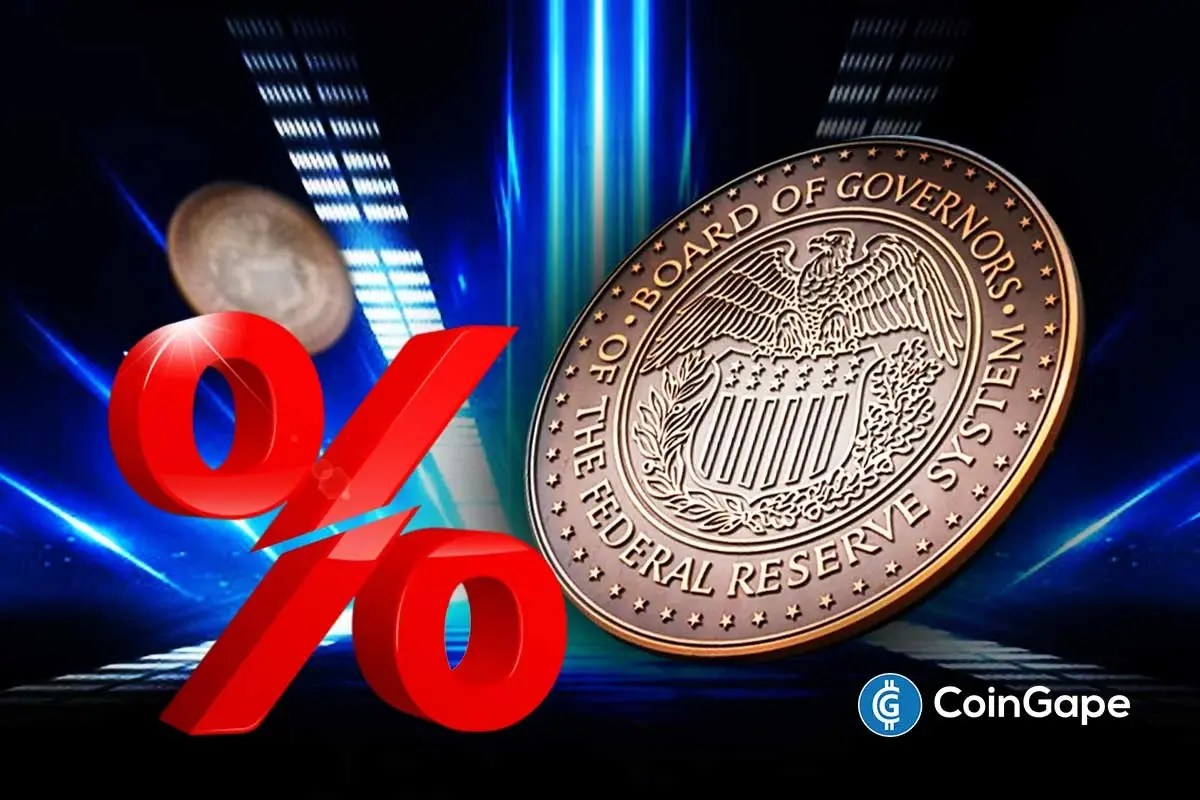Bitcoin Stockpile: Why the US Hesitates Until Global Pressure Forces Action

BitcoinWorld
Bitcoin Stockpile: Why the US Hesitates Until Global Pressure Forces Action
Imagine a world where nations race to secure digital gold while the world’s largest economy watches from the sidelines. According to crypto entrepreneur Mike Alfred, this scenario describes the current US approach to Bitcoin. The United States government appears reluctant to build its Bitcoin stockpile until international pressure forces its hand. This cautious stance could have significant implications for global financial dominance.
Why Won’t the US Build a Bitcoin Stockpile Immediately?
Mike Alfred recently shared his insights on the CoinStories podcast, explaining the US government’s hesitation. He believes America will only begin accumulating Bitcoin when other nations create sufficient external pressure. The current approach suggests a reactive rather than proactive strategy toward digital asset reserves.
Several factors contribute to this cautious stance:
- Regulatory uncertainty surrounding cryptocurrency classification
- Traditional financial system dominance creating complacency
- Political considerations affecting bold monetary moves
- Risk assessment favoring established reserve assets
What Triggers Will Force US Bitcoin Accumulation?
Alfred identifies clear catalysts that could push America toward building its Bitcoin stockpile. When other countries demonstrate significant BTC acquisition patterns, the US will face mounting pressure to respond. This global competition resembles a high-stakes game of financial chess where early movers gain strategic advantages.
The timing remains uncertain, but the triggers are becoming increasingly visible. Nations like El Salvador have already made Bitcoin legal tender, while others are exploring central bank digital currencies. Each move by another country adds to the pressure on US policymakers to reconsider their Bitcoin stockpile strategy.
How Does Global Adoption Affect Bitcoin’s Future?
Alfred projects an ambitious future for Bitcoin, predicting it could reach $1 million by 2033. By that time, he expects most countries will hold the asset either directly or indirectly through various financial instruments. This widespread adoption would fundamentally reshape global finance and reserve currency dynamics.
The path to this future involves several key developments:
- Institutional adoption accelerating mainstream acceptance
- Regulatory clarity emerging across major economies
- Technological infrastructure supporting secure storage
- Global economic shifts driving alternative reserve assets
What Are the Risks of Delaying Bitcoin Acquisition?
Waiting too long to build a national Bitcoin stockpile carries significant risks. Early-adopting nations could gain substantial financial advantages and influence in the emerging digital economy. The US might face higher acquisition costs and reduced geopolitical leverage if it delays its entry into the Bitcoin reserve market.
Moreover, the window for strategic positioning is narrowing. As more countries announce their Bitcoin stockpile initiatives, the remaining available supply becomes increasingly scarce and expensive. This creates a first-mover advantage that latecomers cannot easily overcome.
Conclusion: The Inevitable Shift Toward Bitcoin Reserves
The US approach to Bitcoin reserves reflects a broader pattern in technological adoption—initial skepticism followed by reactive adaptation. However, in the fast-moving world of cryptocurrency, this cautious strategy might prove costly. As global pressure mounts and other nations accelerate their Bitcoin stockpile programs, America will likely find itself compelled to join the digital gold rush.
The transition toward national Bitcoin holdings appears inevitable. The only question remains whether the US will lead this transformation or follow reluctantly. Either way, the coming decade will witness a fundamental reshaping of how nations store and protect their wealth.
Frequently Asked Questions
Why is the US hesitant to stockpile Bitcoin?
The US maintains caution due to regulatory uncertainties, dominance of traditional financial systems, and political considerations that favor established reserve assets over emerging digital currencies.
What countries are currently building Bitcoin reserves?
Several nations have started accumulating Bitcoin, with El Salvador making it legal tender and other countries exploring central bank digital currency initiatives that incorporate Bitcoin exposure.
How much Bitcoin could the US potentially acquire?
While specific amounts remain speculative, a national Bitcoin stockpile could range from symbolic holdings to significant percentages of national reserves, depending on policy decisions and market conditions.
What happens if the US delays Bitcoin acquisition too long?
Delaying could result in higher acquisition costs, reduced geopolitical influence in digital finance, and missed opportunities for early-mover advantages in the evolving global financial system.
How reliable are Bitcoin price predictions like the $1 million forecast?
While expert predictions provide valuable insights, cryptocurrency markets remain highly volatile. Price forecasts should be considered as informed speculation rather than guaranteed outcomes.
Can other cryptocurrencies compete with Bitcoin for national reserves?
While other digital assets exist, Bitcoin’s first-mover advantage, network security, and widespread recognition make it the primary candidate for national reserve status among cryptocurrencies.
Found this analysis insightful? Share this article with others interested in cryptocurrency trends and help spread understanding about national Bitcoin stockpile strategies. Your shares help educate more people about these important financial developments.
To learn more about the latest Bitcoin trends, explore our article on key developments shaping Bitcoin institutional adoption.
This post Bitcoin Stockpile: Why the US Hesitates Until Global Pressure Forces Action first appeared on BitcoinWorld.
You May Also Like

Fed Makes First Rate Cut of the Year, Lowers Rates by 25 Bps

